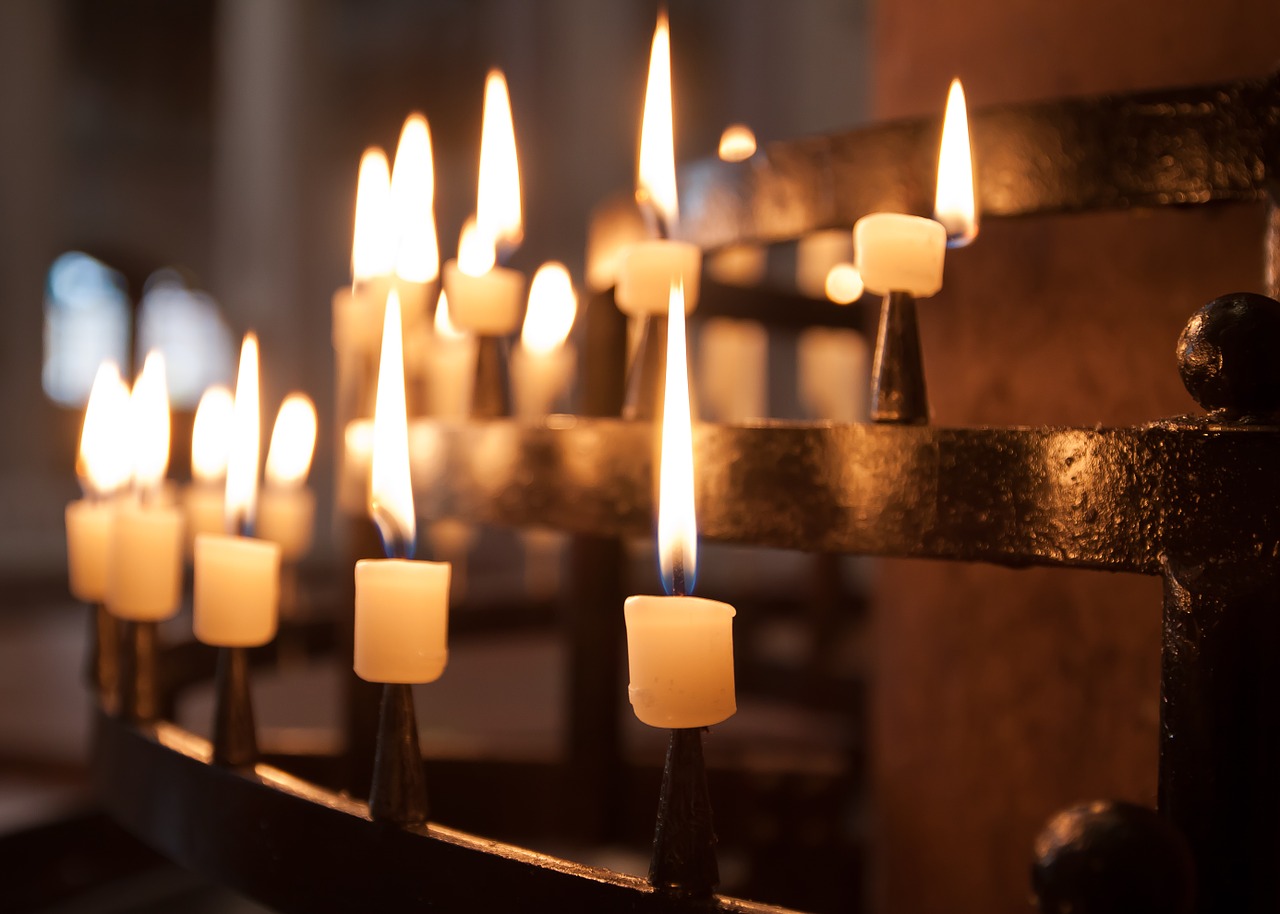Answered by Legionary of Christ Father Edward McNamara, professor of liturgy and dean of theology at the Regina Apostolorum university.
***
Q: When was the modern practice of an evening Mass of the Lord’s Supper instituted? What was the format of commemorating the Lord’s Supper prior to that, when all Masses had to said before noon? Also, could you discuss the development of the sacred triduum over the last two millennia? I realize it has changed over time, especially when infant baptism became more common in the West, and then during the 1960s and 1970s during the «restoration» of the RCIA. — D.S., Peoria, Illinois
A: I will attempt a summarized response, because these are questions that would require a book in itself. I will briefly address the general question of the sacred triduum (or Easter triduum) and then move on to Holy Thursday. God willing, we can address the other days on some other occasion.
The earliest mentions of a triduum did not usually include Holy Thursday. For example, St. Ambrose (337-397) wrote of a sacred triduum in which Christ “died, rested and rose.” Around the year 1000, due to the fact that the Easter Vigil began to be celebrated on Holy Saturday morning, the concept of the triduum began to include Holy Thursday. After Pope Pius XII restored the Easter Vigil in 1951 and then, in 1955, reformed the entire structure of Holy Week, the triduum began with the evening Mass of the Lord’s Supper.
The substance of Pius XII’s reform is the same as today, although the current celebrations differ in many details.
Originally, it would appear that in Rome there was no celebration of Mass at all on Thursdays of Lent, Holy Thursday included. There was, however, a rite of reconciliation of penitents held on the morning of this day so that they could receive Communion at the Easter Vigil.
Outside of Rome a Mass was celebrated. This was especially true of the Church of Jerusalem where Christians tended to relive the events of Holy Week in their original settings. Thus pilgrims to the Holy Land, such as the famous woman Egeria (around 380), described celebrations such as the evening Mass of the Lord’s Supper.
These pilgrims would often bring these customs back to their homelands.
There is clear evidence, from about 450, that the celebration of Mass was eventually introduced into Rome, together with the separate consecration of the holy oils. The two rites were fused into one about a century later, where it is found in a manuscript composed in 546-47. It is not until the seventh century that we find the Mass of the Lord’s Supper. By the early eighth century, the Masses became three: one for reconciliation, one for blessing the holy oils and a third for the Last Supper. The last two were in reduced form, being without the Liturgy of the Word.
With the abandonment of public penance, the Mass of reconciliation eventually disappeared and is no longer found in manuscripts after 790. The Chrism Mass also practically disappeared, and the rite of blessing the holy oils was inserted into the Mass of the Lord’s Supper certainly no later than under Pope Gregory II (715-731).
Pope Pius V’s reforms in 1570 forbade the celebration of Mass after noon, and the Mass of the Lord’s Supper, the only Mass now celebrated on Holy Thursday, became a morning Mass. Traditions such as venerating the altar of reposition were simply anticipated to whenever the Mass concluded.
This remained the situation until Pius XII’s reforms restored it to the evening. Until the restoration of concelebration during the Second Vatican Council, this Mass was celebrated by the bishops in the cathedral (with the blessing of the oils) and by one priest in other churches. All other priests assisted at the Mass and did not celebrate on this day.
In his reform, Pius XII restored the morning Chrism Mass celebrated by the bishop. Pope Paul VI’s reform introduced it as a concelebrated Mass with the renewal of priestly promises before the bishop.
Pius XII also restored the evening Mass with the possible rite of the washing of the feet. To make an evening Mass feasible, the Pope had earlier decreed the reduction of the Eucharistic fast from midnight the day of communion to three hours before reception.
* * *
Readers may send questions to zenit.liturgy@gmail.com. Please put the word «Liturgy» in the subject field. The text should include your initials, your city and your state, province or country. Father McNamara can only answer a small selection of the great number of questions that arrive.

Pixabay.com - Foto-Rabe
LITURGY Q & A: 'Evening Mass of the Lord's Supper'
Fr. Edward McNamara on Part of the Evolution of the Sacred Triduum


